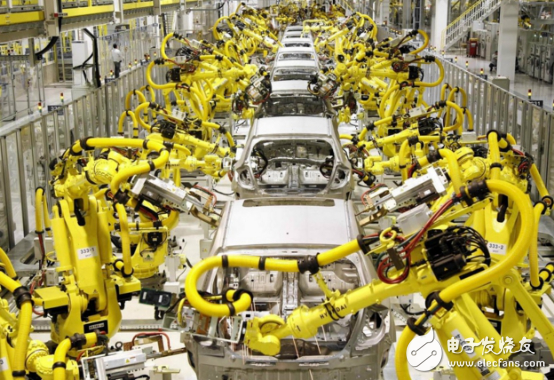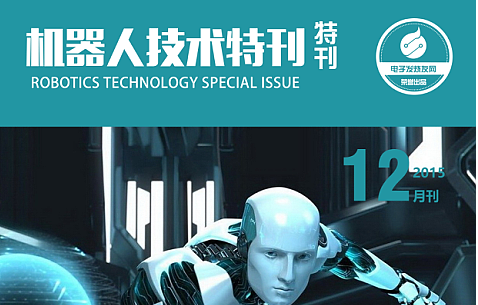According to the "World Robot Statistics Report 2014" released by the International Robot Federation, the total number of robots used in China's production in 2017 will increase from the existing 162,000 units to 428,000. In North America, the total use is estimated to be 292,000 units, and the largest five economies in Europe are 343,000 units. China will become the world's first largest industrial robot. The report released by CCID Research Institute of the Ministry of Industry and Information Technology also pointed out that under the policy support and labor costs, the growth rate of China's robot industry in the decade from 2012 to 2022 is expected to be 23% to 36% per annum, and the potential market scale is 100 billion. At the meta level, especially China, in 2013, it surpassed Japan to become the largest robot market. The rise of robots cannot be ignored. China's robot industry status According to the survey, Americans introduced the first industrial use robot Unimate in the 1960s. This kind of mechanically-made, tireless “worker†began to gradually enter the production line, replacing people to perform some complicated and dangerous work. After years of technological development in Europe, America and Japan, the precision of robots is getting higher and higher, and the application fields are getting wider and wider. In China, where labor costs are rising rapidly, the status of robots is becoming more and more important. Many manufacturing plants, including Foxconn, have introduced robots to replace labor. This megatrend has attracted high attention from robots at home and abroad. It is not necessary to say that the continuous investment of giants such as KUKA, ABB, Yaskawa, and Fanuc. China has also launched a number of domestic robot companies represented by Xinsong, Huichuan and Guangzhou CNC. But the lack of core technology makes Chinese robots, like many other industries, only at the bottom of the industry. From the perspective of the robot industry chain, the upstream of the robot industry is the core component, equivalent to the 'brain', which is basically dependent on imports. The middle reaches are the robot body, which is the 'body' of the robot. Downstream is a system integrator, and currently 95% of domestic companies are concentrated in this segment. †Lu Jilian, a retired professor at the Robotics Research Center of Beijing Institute of Technology (now the Institute of Intelligent Robotics), said: "The Chinese robot industry chain has not yet formed, even for companies like Xinsong, its reducers, motors, bearings and other robots. The core components are also used abroad. For example, bearings, we also have production, but the process and materials can not be compared with foreign countries." Wang Tianmiao, a professor at the Institute of Robotics at Beijing University of Aeronautics and Astronautics, pointed out: “80%~90% of domestic robots use foreign reducers, 60%~70% use foreign motors, 40%~50% use foreign controllers. Our domestic robots can do the outer shell, and the core components are all foreign. This increases the cost and makes the domestic robots at a disadvantage in the competition." "This is equivalent to saying that our domestic robots can do the outer casing, and the core components are all foreign. This increases the cost, making the domestic robots at a disadvantage in the competition." Wang Tianmiao stressed. According to the relevant data, the cost of the three main component controllers, servo motors and reducers of the robot accounts for 10%-15%, 20%-25% and 33%-38% of the overall cost, respectively. The lack of these core technologies has made China difficult in the development of the robot industry. Electronic enthusiasts "Robot Technology Special Issue", more quality content, download now Wind Turbine system, wind turbine generator system, wind turbine blade, maglev wind turbine, vertical axis wind generator, windmill generator, wind turbine generator types, vertical axis wind turbine, Vertical Generator Wind Turbine, vertical wind generator, Vertical Wind Turbine, Wind Power Generator for home, wind turbine generator kit VAWT Vertical Axis Wind Turbine VAWT Vertical Axis Wind Turbine, VAWT Vertical Windmill Generator,VAWT Vertical Wind Turbine Generator Types, VAWT Vertical Axis Wind Turbine,Vertical Generator Wind Turbine Delight Eco Energy Supplies Co., Ltd. , https://www.cndelight.com

